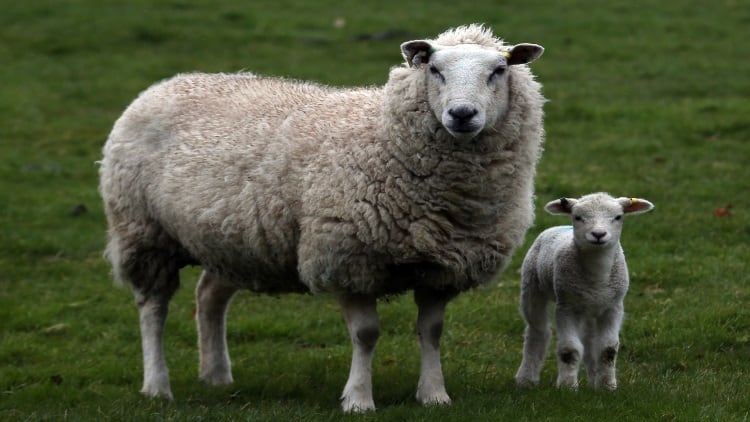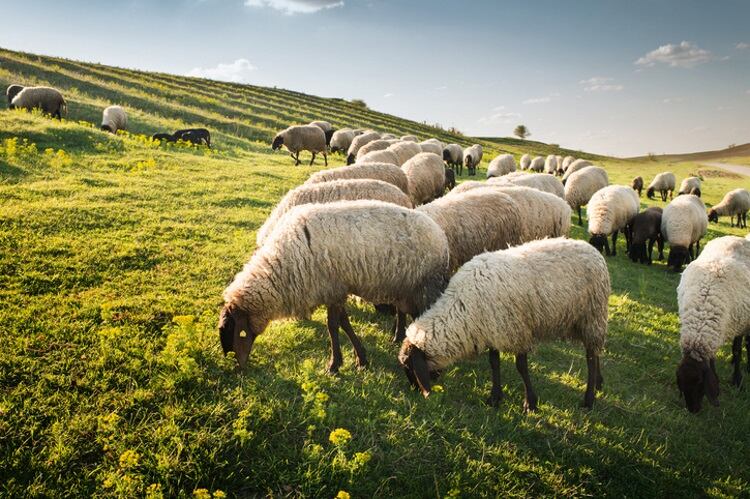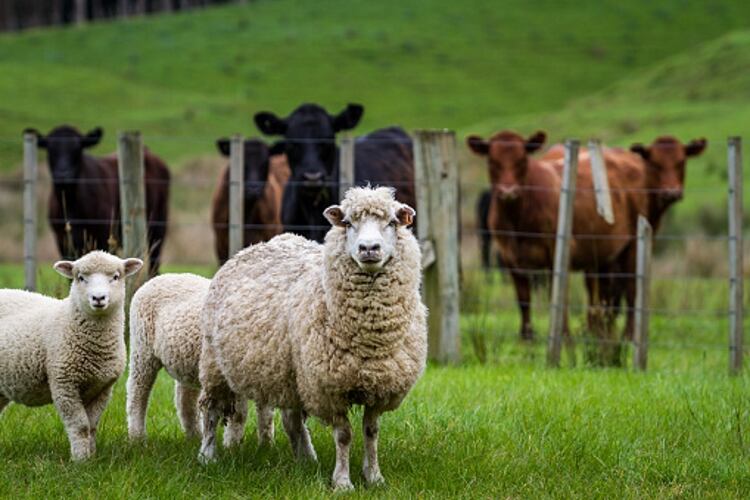The project is researching the impact that the duration of lambing has on ewes and lambs, to help better inform future control efforts, such as treatments.
It is one of 10 projects to be funded by the Strategic Partnership for Animal Welfare Research, Development and Adoption (RD&A), which undertakes projects focused on animal welfare. The partnership is a collaboration between Meat & Livestock Australia (MLA), through MLA Donor Company (MDC), and some of the country’s leading research bodies.
MLA program manager health welfare & biosecurity, Dr Johann Schröder, said MLA had identified neonatal lamb loss as one of the top five conditions or diseases compromising sheep profitability, estimated to cost the industry in excess of $219 million annually.
Project leader Dr Sabine Schmoelzl said the four-year study would help establish a better understanding of why lambs don’t survive or why ewes fail to raise the lambs.
The project aims to help define what affects the duration of lambing and how to prevent prolonged lambing through various treatments or genetics.
“Dystocia is defined as ‘prolonged lambing’ or any reason a labour doesn’t progress, including when a ewe is running out of energy and just can’t handle it anymore,” Schmoelzl said.
“We believe dystocia contributes to more than half of all neonatal lamb mortality, which is the single highest cause of financial loss in the sheep industry.”
The project has already collected data on 400 ewes during lambing. They comprise Merino ewes of different ages, crossed to either Merino or Border Leicester sires. The research involves using on-animal sensor technology – with the ewes wearing sensor collars – combined with blood testing to identify biomarkers that relate to difficult lambing.
“We bring ewes in groups of 20 at a time into smaller paddocks to allow them to display normal behaviours during lambing,” Schmoelzl said.
“Being able to keep watch on lambing ewes at scale and out in paddock conditions, rather than a small number of intensely monitored animals, will make a big difference.”



